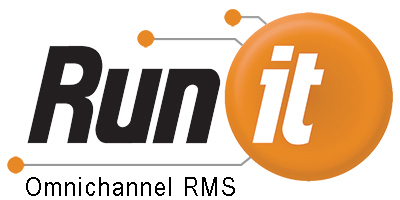Common sense advice for the savvy retailer seeking to sell on the web
You are a fashion trendsetter who carefully selects just the right inventory. Every season your customers can’t wait to see just what you have in mind for them. As your retail business expands, one of the logical next steps is to take the plunge into selling online, bringing the magic of what you have been doing in your corner of the world to the rest of the world. This can bring about many questions for retailers about how to best integrate your eCommerce POS.
The questions you might ask
What is the best way to go about this process?
Who will design my website?
What eCommerce shopping cart should I use?
Will it communicate with my POS/inventory system?
Not only are these great questions to ask, they are downright vital in building the appropriate eCommerce solution for your business.
Where to begin
Many retailers start the process consulting with an eCommerce guru full of great ideas. A developer who is in sync with the retailer’s vision of exactly what they want the site to look and feel like is a wonderful thing. It seems like the right move, but often it is not. Even seasoned eCommerce development specialists are not typically well versed in the intricacies of communication between retail POS systems and eCommerce. After all, you are a storefront retailer first and your inventory is the life’s blood of your business. More than 80% of eCommerce websites are not associated with a Brick and Mortar retail store. So it stands to reason that while the developer may have a wonderful design portfolio and satisfied clients, chances are they don’t have a wealth of hands on experience with POS/inventory integration.
Why integration is important?
If eCommerce and retail storefronts are not in constant communication, there are real consequences. These unwanted hiccups manifest themselves in two tangible ways: overselling inventory and relaying information from the web back to your store.
The first and without question the most important: Do I have inventory to sell? Is the site updated to reflect recent inventory changes in the retail store(s)? Are the new items I just received published on the website? Web design, Internet marketing, web hosting and driving traffic to your site all cost money. After making a sale online, there is no worse feeling than finding out you no longer have that item in stock.
The second pillar of any good POS integration is what happens when an item is sold online. How quickly does the website call the inventory system to inform it that a sale has been made? Will my retail store receive credit for the sale? Will my inventory be deducted from my retail location? Which location? Will the new customer get added to my POS customer database? All of these questions are important in the name of saving unnecessary double work time and ensuring accuracy.
What do I do next?
Have a conversation with your POS provider. Find out which eCommerce solutions best suit your inventory makeup. Most importantly, ask for their recommendations of designers and integrators that have successfully integrated with their POS system. Are they reliable? Which solution best fits your budget? Is the solution scalable for future growth? Keep in mind that experienced POS providers have worked with a multitude of web professionals and can likely point you in an appropriate direction.
While taking this important step first can save you time and energy, the real benefit is it can spare you revenue loss and the stress of having to do the project twice.






